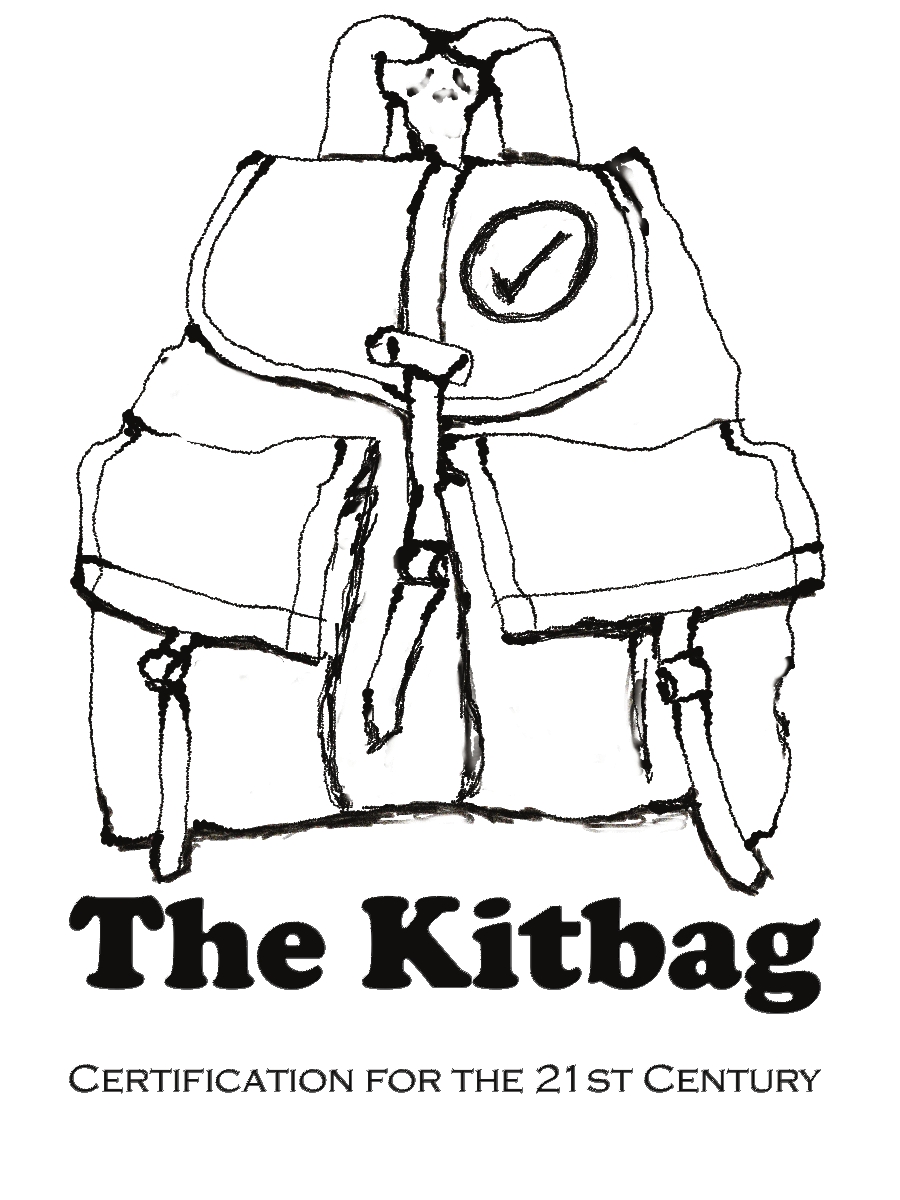A white label product is a product or service produced by one company (the producer) that other companies (the marketers) rebrand to make it appear as if they had made it. ("White-label product" Wikipedia, 24 January 2018)In the world of social and environmental certification many have noted a growing frustration by some large brand owners with the use of certification trademarks on their product packaging.
This frustration may be due to one or more issues:
- loss of packaging 'real estate' to other peoples' logos,
- having to pay a logo licence fee to display other peoples' logos,
- fear that using other peoples' logos to assure their customers is also weakening their own brand,
- frustration that multiple logos may be needed for packaging, sourcing of certain components, treatment of workers, and production aspects such as water use, CO2 emissions, energy consumption, waste management, recycling, etc...
Underneath these issues is the powerful desire by some brand owners for their customers to trust the brand as being responsible across a range of issues. These brand owners want you to see their product and to recognize the brand as providing the assurance that the environment is protected, workers are well treated, and all materials are sourced in the most responsible manner possible.
It is possible that as the number and complexity of social and environmental standards grows, brands will be looking for ways to 'transfer' the assurance provided by third party certification logos to their own brands. This is important to the brands because they want to have their brand to be all the assurance that customers will want.
This can present a challenge to standards system owners. First, it can mean that all the effort that they have invested in growing their own brand may be diminished or lost altogether.
Also, it can pose a significant challenge to the viability of a scheme owner. If its logo is its main source of revenue, then the loss of logo revenue may put at jeopardy the viability of the certification itself.
In the end, most brand owners will still need to monitor and evaluate their supply chains and their own production - and third-party certification is a fantastic way to do it. Just because the brand does not want to display your logo does not mean that they want to build their own audit and certification system.
A first step is to understand what the brands that rely on your certification want and need. Paying close attention, really listening and engaging in discussions with brands is crucial. The last thing you want is to be surprised by an announcement that one of the brands using your logo will be dropping it from all its packaging.
Your business model may need to be re-thought – this can include a range of questions such as:
- How can you continue to finance your operations, keep your standard current and maintain high quality assurance?
- Can you provide a ‘white-label’ service to brands that want it?
- How will you address concerns of smaller brands that want to continue using your certification mark?
- Can you deliver the market change that you are committed to?
